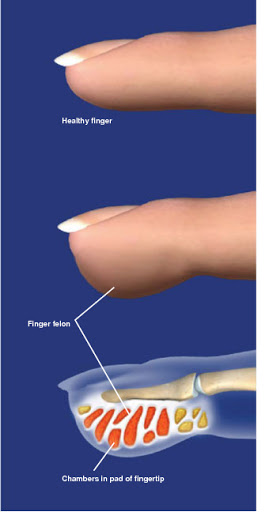In celebration of the Year of the Dog, we wanted to cover management of dog bites.

According to CDC data from 2015, there are approximately 4.5 million dog bites per year in the United States with 1 out of 5 requiring medical attention. The wounds tend to be crush injuries with a greater risk of underlying fracture due to the strength of the dog’s jaws. Pay attention to distal neurovascular status, tendon involvement, joint violation and the presence of foreign bodies. A low threshold to x-ray is valuable. These wounds should be debrided and cleaned with well pressured irrigation.

Classically tested, the most common pathogen that creates infection in wounds is Pasteurella Canis (and other Pasteurella species). Immunosuppressed, alcoholics, smokers or asplenic patients should raise concern for Capnocytophagia canimorsus (a gram-negative rod) that causes particularly devastating illness with meningitis and septic shock reported.

Antibiotic prophylaxis/treatment of choice is with amoxicillin-clavulanate 875/125mg twice a day for 10-14 days. Other bacteria of interest include staphylococci, streptococci, and anaerobes. Remember this isn't your run of the mill cellulitis, cephalexin will not cut it.

Repairing these bites has been a subject of debate. REBEL-EM did a great job covering the myths for these wounds with two of the major studies. (link below)
Using 3-7% as a normal wound infection rate for all lacerations, the thought is that you can attempt a closure on some of these wounds for cosmesis. Good indications for closure would be a clean appearing wound that can receive significant irrigation that is <8 hours old. Wounds greater than 8 hours old had greater than a 20% chance of infection if closed in a study by Paschos et al.

Well vascularized areas perform better with closure – the face/scalp. We use non-absorbable sutures and no buried sutures to reduce the burden of foreign bodies present – minimizing infectious risk.

Tetanus should be given to patients suffering dog bites if they have not received it in the past 5 years. Rabies vaccination + rabies immunoglobulin should be considered for dog bites occurring in the USA from dogs that cannot be monitored and/or are unvaccinated. People previously vaccinated against the rabies virus do not need the immunoglobulin but can take part in the 0, 3, 7, 14 series tailored per local infectious disease recommendations.

Dog bites that return to the ED with infection should be cultured (with peripheral smear added for patients at risk of Capnocytophagia). The area should be imaged to assess the integrity of the bone.
Happy year of the dog!

Read More
Centers for Disease Control and Prevention. Preventing Dog Bites. http://www.cdc.gov/features/dog-bite-prevention/index.html. May 18, 2015.
Paschos NK et al. Primary closure versus non-closure of dog bite wounds. A radomised controlled trial. Injury 2014 45(1): 237-40. PubMed ID: 23916901
Medeiros IM, Saconato H. Antibiotic prophylaxis for mammalian bite (Review). Cochrane Database of Systematic Reviews 2008 (3); PubMed ID: 11406003
Butler T et al. Capnocytophaga canimorsus: an emerging cause of sepsis, meningitis, and post-splenectomy infection after dog bites. Eur J Clin Microbiol Infect Dis. 2015 34(7): 1271-80. PubMed ID: 25828064
http://rebelem.com/myths-management-dog-bites/











